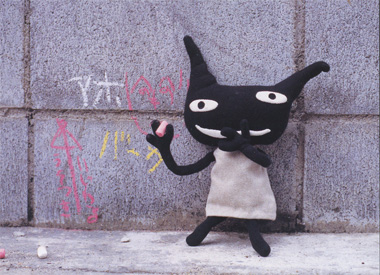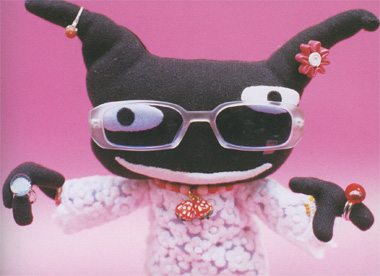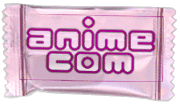|
The Bad Book
Japanese Art Book Review
Mascots are pretty recognizable, and if anyone were to know anything about Japanese cultures or products, then Hello Kitty is a very recognizable character to people. Sanrio has expanded their mascot into the realms of living and growing with Japanese children. Now for the western counterpart there is Mickey Mouse, and for companies like Disney there is an unspoken message of having a wholesome image. In The Bad Book, Aranzi Aronzo creates a mascot character that people can relate in learning the bad or things to avoid.
 Aranzi Aronzo is known for their cute craft books; however The Bad Book is not a craft book. It is a book filled with comics, photo essay moments and just a brand of humor that might not be understood unless people understand the "Schadenfreudeî humor (Schadenfreude is German for being happy at the misfortune of others). Aranzi Aronzo is known for their cute craft books; however The Bad Book is not a craft book. It is a book filled with comics, photo essay moments and just a brand of humor that might not be understood unless people understand the "Schadenfreudeî humor (Schadenfreude is German for being happy at the misfortune of others).
Bad Guy, Liar, along with other characters of vice and mischief provide in scenarios of their everyday life. It is a character book to an already developed product line. This would appeal to people who are fans of this character mascot, and want to experience more of this character outside of crafting it. Since this is a non-crafting book, with the inclusion of other bad trait characters like Cheapskate, Sloven, or Tacky, makes me wonder if they are craft projects as cute as Bad Guy, Liar and Meanie who are featured in their felt creations counterparts.


Reviewed by Linda Yau, August 2012
Manga Kamishibai: The Art of Japanese Paper Theater
Japanese Art Book Review
Every article ever written on the subject of manga always mentions how the Japanese culture is tuned to comics, as there is manga everywhere, and there is manga for practically every subject (even for how to save for retirement!). But have you ever wondered *why* the Japanese are such a comic-savvy people?
Before giant robots, space ships, and masked super heroes filled the pages of Japanese comic books--known as manga--such characters were regularly seen on the streets of Japan in kamishibai stories. Manga Kamishibai: The Art of Japanese Paper Theater tells the history of this fascinating and nearly vanished Japanese art form that paved the way for modern-day comic books, and is the missing link in the development of modern manga.
Even those who consider themselves well-versed in Japanese culture might not know much about kamishibai, or Japanese paper theater. During the height of kamishibai in the 1930s, storytellers would travel to villages and set up their butais (miniature wooden prosceniums), through which illustrated boards were shown. Kamishibai are story-board paintings set in sequence that are turned one by one and narrated by storytellers.
The storytellers acted as entertainers and reporters, narrating tales that ranged from action-packed westerns, period pieces, traditional folk tales, and melodramas, to nightly news reporting on World War II. Post-war kamishibai featured slice of life stories such as the heartfelt Prayers for Peace, in which a girl struggles in her ravaged city in a post-atomic world. More than just explaining the pictures, a good storyteller would act out the parts of each character with different voices and facial expressions.
Through extensive research and interviews, author Eric P. Nash pieces together the remarkable history of this art and its creators. With expert writing and rare images reproduced for the first time from Japanese archives, including full-length kamishibai stories, it is an essential guide to seeing how kamishibai contributed to the formation of today's ubiquitous manga.

Reviewed by Brian Cirulnick, July 2010
|
|
|
 |
|
Japanese Graphics Now!
Japanese Art Book Review
It is without question that the Japanese have an appealing visual treatment towards graphic design. Even their packaging for dried noodles are enticing. This book gives a good sampling of some of the best Japanese design — letterhead, web design, packaging, poster design, even TV ads (on the included DVD). There is something in here for every student of design and anyone fascinated by Japanese culture. Just looking through the book fills you with ideas and gets your mind going places towards 'thinking out of the box'.

Hundreds of pages of detail and wonderful pictures provide something for everyone, but mostly, what you get here is a look inside a different culture, with their own notions about negative space and color usage. It's an eye opening experience, needing a permanent place in your art library.
Reviewed by Brian Cirulnick, September 2004
|
|
|

